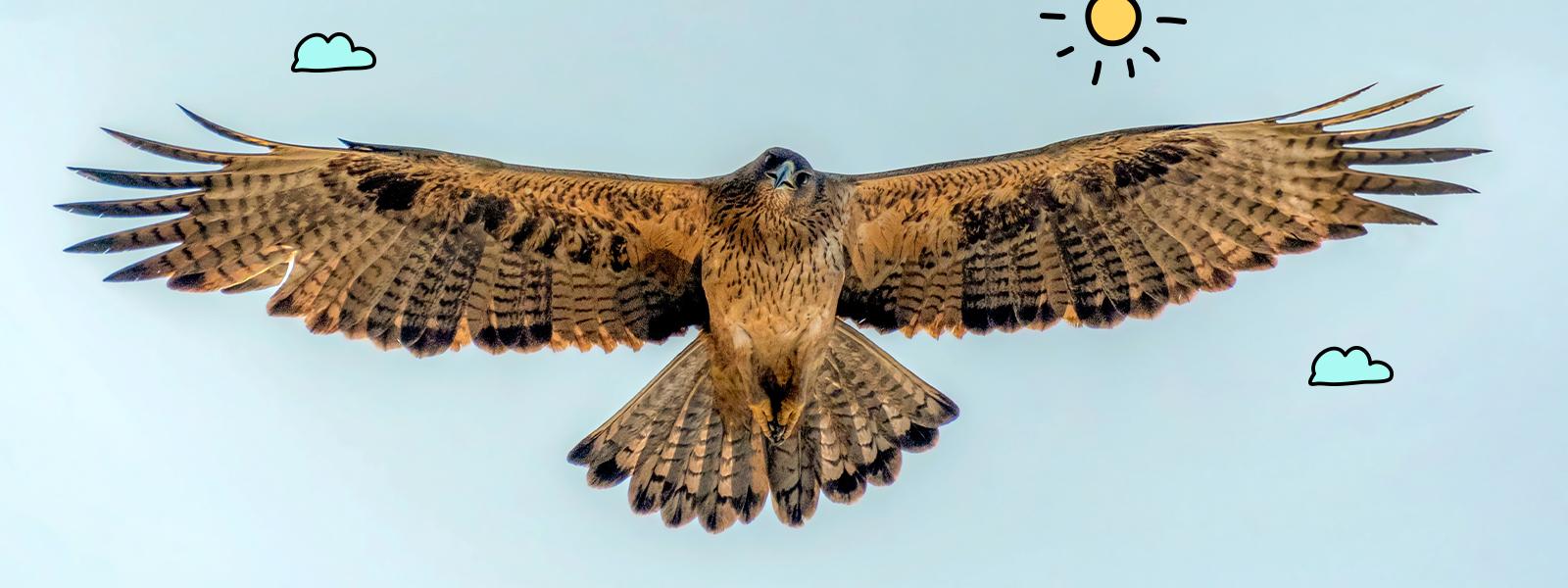
migratory birds
In a mesmerizing view, migratory birds adorn the sky, lakes, and trees of our Zoo, bringing joy to the hearts of our visitors every year! These adventurous birds have finally found a stable habitat in Al Ain Zoo after traveling long distances and crossing vast seas to find safety in the different terrains of the Zoo.
In 1989, Al Ain Zoo started a bird study to classify and identify the migratory species that have made our Zoo their home or stop. A work plan was developed to provide protection, a suitable environment, and enhance cultural awareness of their importance and the positive impact on the country's biodiversity. Our Conservation team started the completion of this study in 2017, which was a great success.
Migratory birds start arriving at various locations in the UAE in September to reach their peak numbers in February. Some of these birds choose to stay in the country for three to five months; this is because the UAE is considered an important ecological site and a significant passage for migratory birds coming from the northern hemisphere and the Indian Ocean, in addition to the flocks of birds moving between the east and the Indian subcontinent.
Migratory birds face increasing pressure and extreme challenges throughout their journey. In addition to the destruction of natural habitats and resources, birds are subject to illegal killing or hunting for trafficking. Hunters use more sophisticated bird-catching equipment, reducing the chances of birds' survival and negatively affecting the environment and biodiversity.
To protect these birds, our Zoo is committed to studying and monitoring them, especially those present in large numbers in the UAE environment, which are periodically threatened with extinction. These studies confirmed that the Zoo is indeed an attractive and nurturing environment for migratory birds, helping them to migrate, breed, and settle seasonally. So far, the number of birds observed in the Zoo has reached 113 different species, of which 20% are resident, 53% are migratory, 9% are exotic birds, and 18% are other birds.
In collaboration with bird experts, our Conservation team monitors the movement of these migratory birds, observes their numbers and species, and compares them with the results of other studies on bird migration. One of the most critical results observed is that most bird species are present from March onwards, and they spotted five new species last year. The Zoo's efforts to protect migratory birds, raise awareness about their importance, and create a suitable environment for them, contributes to preserving the country's biodiversity and enriching its natural beauty. Our Zoo is a perfect example of harmonious coexistence.
You may wonder how you can help? Or whether you can positively impact biodiversity? Is it possible to make the migration of these birds safer? Yes, you can contribute by creating a bird-friendly environment in your garden to resemble natural bird habitats. You can also avoid pruning trees during breeding seasons and provide clean water and bird seeds to prevent the spread of diseases among birds.
Furthermore, you can refrain from using pesticides and toxic substances that can negatively impact the environment. Reporting illegal hunting, adhering to hunting regulations, and fighting illegal trafficking. At last, always share your love for birds with family and friends and raise awareness of the importance of bird migration and its impact on biodiversity. Remember to visit our Zoo to see these birds enjoying their freedom!